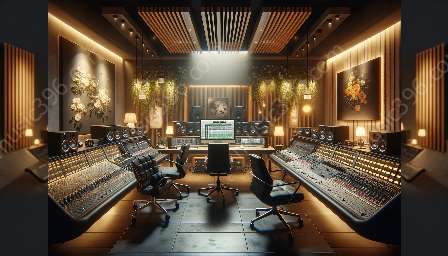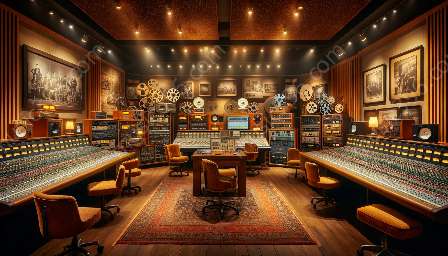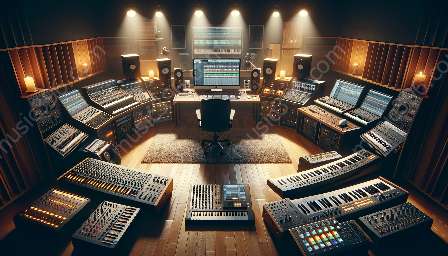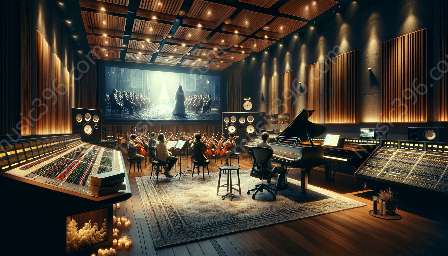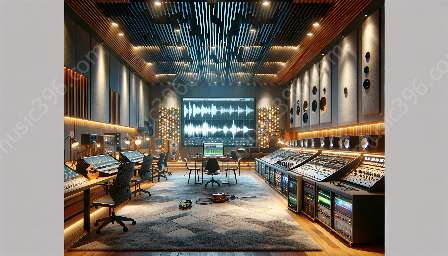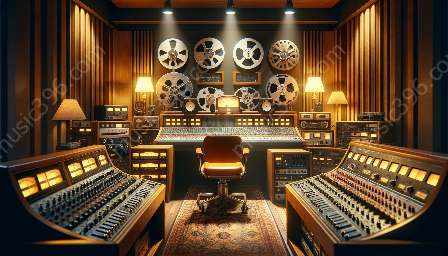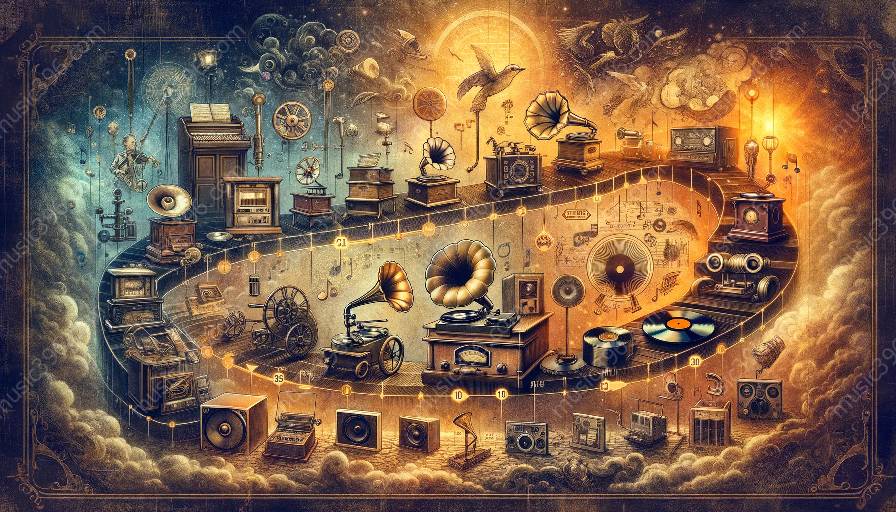Music recording has undergone a remarkable transformation over the years, largely due to advancements in microphone technology. These advancements have played a significant role in improving the recording quality, resulting in better sound capture, enhanced creativity, and the ability to achieve greater sonic clarity.
History and Evolution of Music Recording Technology
Before delving into the impact of microphone technology on music recording quality, it's essential to comprehend the historical context and evolution of music recording technology. The history of music recording dates back to the late 19th century, with the invention of the phonograph by Thomas Edison. This breakthrough allowed sound to be recorded and reproduced for the first time, marking the beginning of a new era in music technology.
Rapid advancements followed, leading to the emergence of various recording formats such as vinyl records, reel-to-reel tapes, cassette tapes, and CDs. Each of these formats experienced technological improvements, contributing to better sound quality and accessibility. The digital revolution further revolutionized music recording, ushering in the era of digital audio workstations (DAWs), software-based recording, and the widespread use of computers for music production.
Throughout this evolution, microphone technology has continuously adapted and progressed, playing a pivotal role in shaping the quality and aesthetics of recorded music. From the early days of carbon microphones to the sophisticated condenser and dynamic microphones of today, the progress in microphone technology has significantly impacted music recording quality.
Advancements in Microphone Technology
The development of microphone technology has been driven by a relentless pursuit of superior audio capture, fidelity, and versatility. The following key advancements have greatly contributed to the improvement of music recording quality:
- Condenser Microphones: Condenser microphones, also known as capacitor microphones, offer exceptional sensitivity and high-quality sound capture. Their ability to reproduce a wide range of frequencies and nuances has made them indispensable in professional music recording settings, contributing to the production of natural, transparent audio recordings.
- Ribbon Microphones: Originally popular in vintage recording environments, ribbon microphones have undergone a renaissance in recent years. Known for their warm, smooth sound and ability to capture intricate details, modern ribbon microphones have become favored tools for capturing the rich tonal qualities of acoustic instruments and vocals.
- Dynamic Microphones: Dynamic microphones are renowned for their ruggedness, ability to handle high sound pressure levels, and minimal self-noise. These qualities make them ideal for capturing powerful, high-volume sources such as drum kits, guitar amplifiers, and live vocal performances, contributing to the energetic and impactful sound of modern music recordings.
- Miniature and Lavalier Microphones: With the increasing demand for discreet and unobtrusive recording solutions, miniature and lavalier microphones have gained prominence in film scoring, broadcast, and live performance settings. Their small size and flexibility enable them to capture high-quality audio while remaining inconspicuous, expanding the creative possibilities in music recording.
- Multi-Pattern and Variable-Pattern Microphones: These microphones offer selectable polar patterns, allowing engineers to adjust the directionality and focus of the microphone to suit different recording scenarios. By providing versatility and adaptability, multi-pattern and variable-pattern microphones have become valuable assets in capturing diverse sound sources with precision and control.
Influence on Music Recording Quality
The advancements in microphone technology have made a profound impact on music recording quality through several avenues:
- Enhanced Sound Capture: Modern microphones offer superior frequency response, transient accuracy, and signal-to-noise ratio, resulting in the faithful and detailed capture of musical performances. This heightened fidelity allows recording engineers to accurately convey the nuances and emotions of the music, elevating the overall listening experience for audiences.
- Creative Expression: The availability of diverse microphone types and polar patterns empowers recording artists and engineers to experiment with different sonic textures, spatial imaging, and tonal characteristics. This creative flexibility enables the realization of unique sonic visions and artistic interpretations, expanding the sonic palette of music recordings.
- Greater Clarity and Definition: Advancements in microphone technology have led to the reduction of distortion, coloration, and noise, resulting in recordings with greater clarity, transparency, and definition. This enhanced sonic transparency allows for pristine vocal articulation, instrument separation, and spatial localization within the stereo field, contributing to the immersive and engaging nature of modern music recordings.
- Technical Precision: The precision and reliability of modern microphones provide recording engineers with the tools to achieve technically flawless recordings. This includes accurate capture of transient details, precise control over tonal balance, and consistent microphone performance, ultimately leading to polished and professional-quality music recordings.
- Artistic Versatility: Microphone advancements have expanded the creative possibilities in music recording, allowing for the seamless integration of traditional and cutting-edge recording techniques. From vintage microphone emulations to innovative microphone modeling, artists and producers can leverage a wide array of sonic colors and timbres to bring their musical visions to life.
Future Implications
The continued advancements in microphone technology are poised to deepen the impact on music recording quality in the future. As research and development in acoustics, materials science, and signal processing continue to evolve, we can anticipate further improvements in microphone performance, durability, and miniaturization.
Conclusion
Advancements in microphone technology have undeniably raised the bar for music recording quality, offering unprecedented levels of fidelity, creativity, and sonic precision. From the early days of cumbersome recording devices to the era of state-of-the-art studio microphones, the evolution of music recording technology has been intricately intertwined with the evolution of microphone technology. As we look to the future, the relentless pursuit of sonic excellence through microphone innovation promises to shape the landscape of music recording, enabling artists and recording engineers to realize their sonic aspirations with unparalleled clarity and expression.



